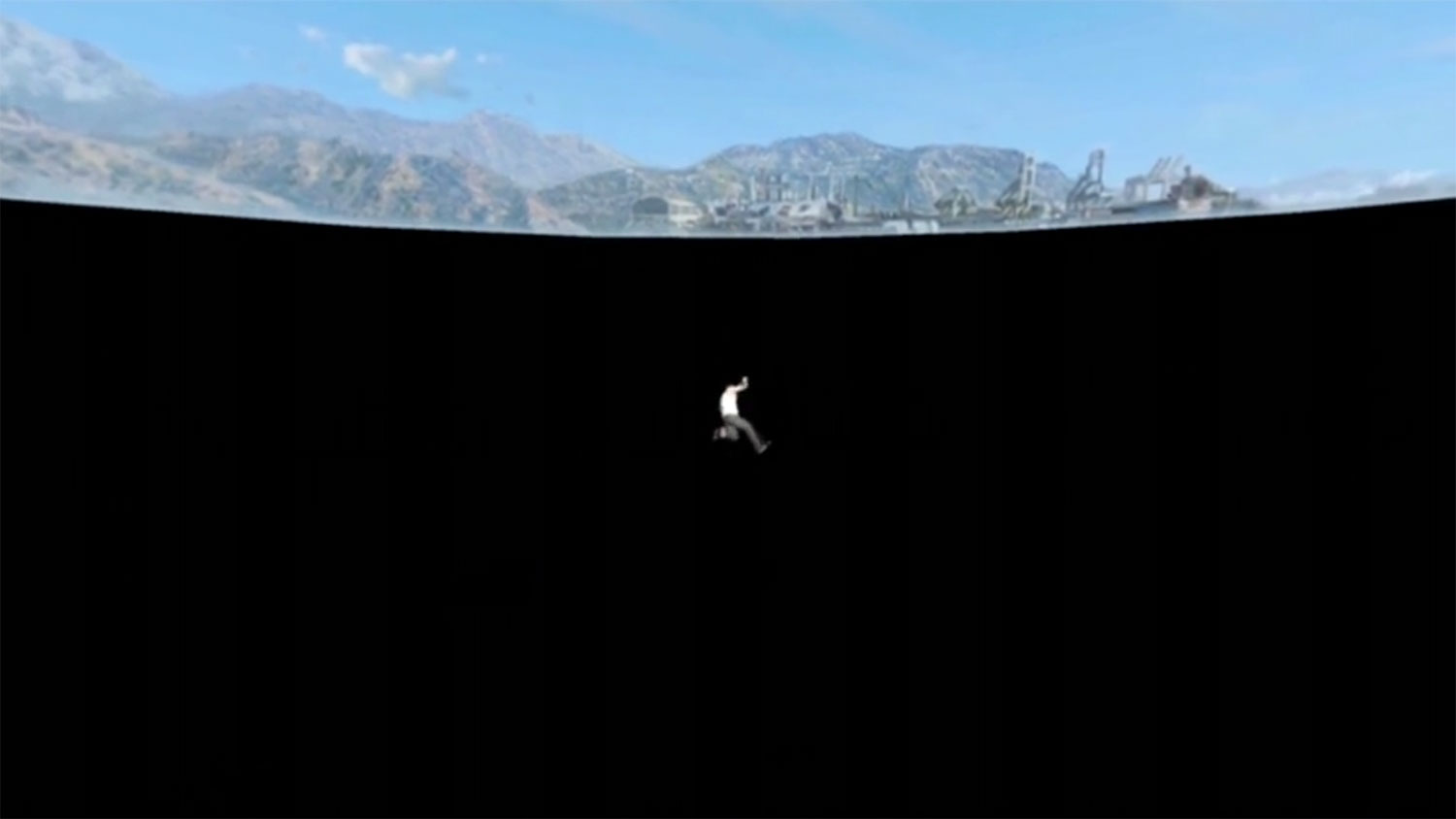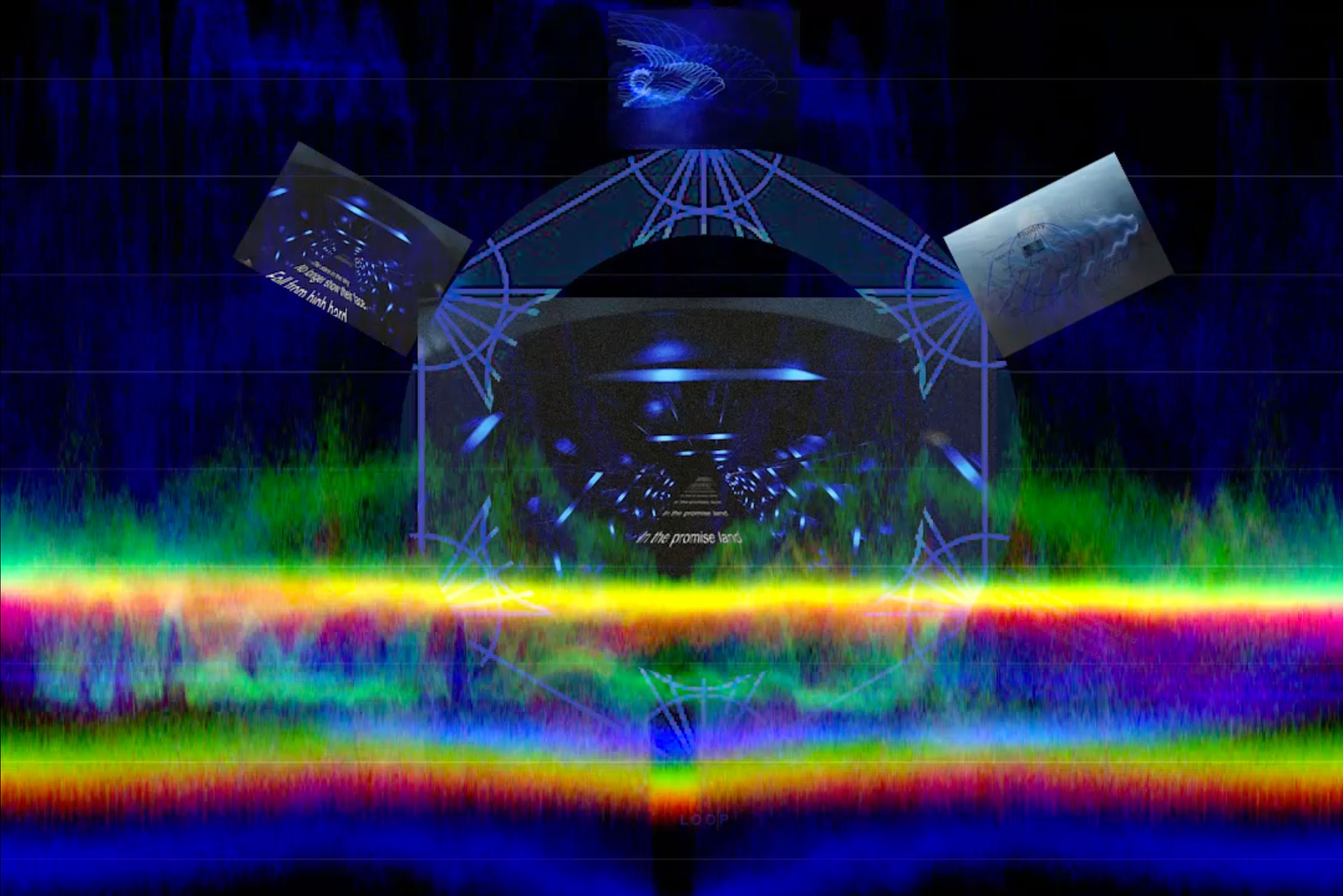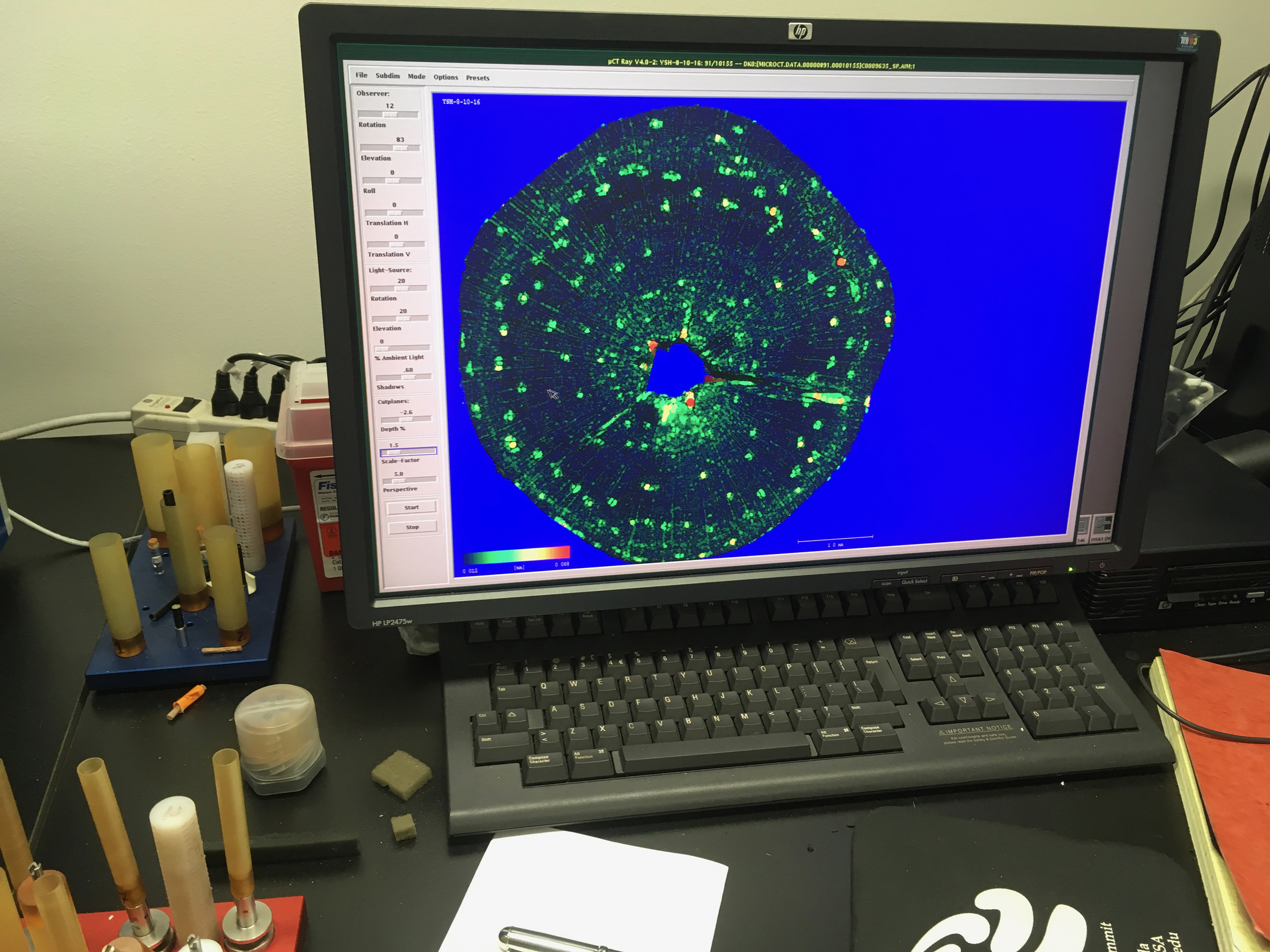The question of navigation, which forms the raison d’etre for this conference, is popularly understood as a quotidian practice of movement within computational networks. As a gestural economy compelled by digital interfaces, the habitual activity of navigation tends to recede from critical scrutiny. To begin to comprehend navigation’s historical ontology, phenomenal interfaciality, political imagination, and psychic life requires an effort of defamiliarization that begins by paying attention to this critical inattention.

Engineer Chris Chatellier stands next to a target board with 1,600 dots. The board was one of several used on July 23, 2019, in the Spacecraft Assembly Facility’s High Bay 1 at NASA’s Jet Propulsion Laboratory in Pasadena, California, to calibrate the forward-facing cameras on the Mars 2020 rover. Credit: NASA/JPL-Caltech
In the West, exploration of the deep sea has historically conjured images of ancient monstrous mythological creatures such as the Leviathan, the Kraken, and more recently the Cthulhu, among other figures of alterity and the unknown. Characterized by scientists and mainstream media alike for being “utterly alien,” newly discovered undersea life-forms are no longer gigantic, but microbial. Descriptions often mix in themes of outer space exploration in the evocation of the “alien” and the technical challenges of building robotics to withstand extreme underwater pressure conditions. Perhaps the recent reconception of evolutionary trees prompted by underwater hydrothermal vents, over a century after the initial Western exploration of the Galápagos, contributes to a particular form of modern mythology—a science-led search for a last common ancestor of sorts fueled by biogenetic labs.
A proposal for a sonic navigation—as a DJ practice—manipulating sound as much as the space and time inhabited by the * c r o w d *
A map disrupting the clock, where events are simultaneously happening
A space moving away, submerged by marooning streams of music
Porous bodies, telling stories,
Leading their altered trajectories within the Drexciyan Queerdom
What if we sought to comprehend this new horizon as a grasping of Black individuation from within the cultural weight of colonialism, where one finds the measure of their validity in the problems we confront? What if the individual in relation to whiteness was not given as a fact preexisting the operation of being and becoming Black? What if the image of Blackness, and thereby the Black individual produced by colonialism, was merely one element of individuation constituting a false assumption of the exhaustion of Black existence? Finally, what if Black existence was grasped not as a final outcome in recourse of the presumption of racial logics, but as a process of individuation that reformulates the categories of knowledge, thereby shifting ontological assumption from one that exists in relation to whiteness to one who’s principle of genesis becomes internally generated and invented from within?
What could a practice of politicizing the image in the twenty-first century look like, considering that navigation—the computational condition of contemporary image-processing—updates, calculates, and incorporates the frame excessively and continuously into the image-making process? In order to render more palpable the beginning of a political ontology of image navigation by means of computation, we should remind ourselves of the principle of twentieth-century montage, which can offer a potent point of departure. Much has been written and produced in the name of montage. In 1967–68, film students, including Harun Farocki, announced the Dsiga Wertow Akademie, an occupation of their film school, the German Film and Television Academy in Berlin, an act that paid tribute to montage as a cine-political practice. Montage was pioneered by Esfir (Esther) Schub and Dziga Vertov, emerging from the world of Soviet cinema during the period of the Bolshevik Revolution of 1918. In other words, montage’s potency to mobilize the image for emancipatory processes was initially built from participation in communist world revolution.
What is life in a world where I am also the architecture of that world? Until recently, the history of Western scientific development has been a history of a brutal spiritualism, where discoveries of cosmic mechanics only further displace the human observer. I might gain access to God’s computer in a quest to commune with higher forces, only to progressively discover that material forces are programmed as an inhospitable abyss in which my life means nothing. Science might come to the rescue to draw these material forces back under human command, weaponizing and industrializing their power to limit their threat. From Descartes conceding that we possess an exceptional soul in spite of being animate machines and Darwin’s allowing us an aristocratic status in spite of being animals, a brutal self-extinction has haunted (perhaps even guided) the European spiritual imaginary since the Enlightenment. We might eventually consider that mechanical forces and animal survival might have better things to do than conspire to exterminate our human kingdom the moment we observe them. In the meantime, we still need to contend with a world or worlds that serve our every need in the absolute, even amplifying them into architecture, sealing us in and serving us at the same time.
By keeping track of something that is no longer there, or that never was, maps constitute a contemplative experience of death. In visualizing migrant fatalities as a numerical hemorrhage, they also develop a distinct aesthetic of necropolitics. Such maps, in fact, make viewers understand that immobility and death produce their own movement and geography, since time takes its material toll by corroding and eroding the texture from which maps of death are made, transforming them into mutable and perishable organisms. Visually, immobility affects the architecture of the map as well, in the sense that the viral lines of the maps appearing in the news, usually depicting the alleged invasion of foreign people, now transform into points—death points as opposed to fluxes of life. This corroded, numerical, and dotted choreography uncovers an inhuman, unjust, but nonetheless real geography of necropower that would otherwise remain buried under the seabed.






